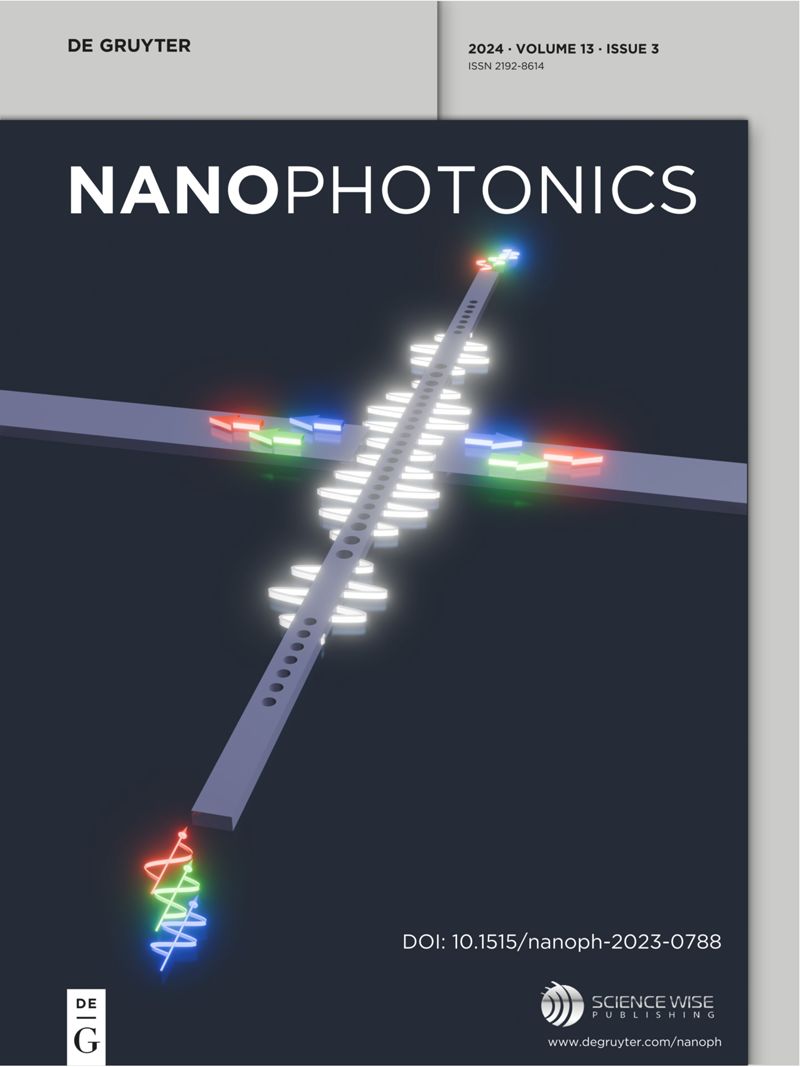Quantum emitter interacting with a dispersive dielectric object: a model based on the modified Langevin noise formalism
IF 6.5
2区 物理与天体物理
Q1 MATERIALS SCIENCE, MULTIDISCIPLINARY
引用次数: 0
Abstract
In this paper, we model the interaction of a quantum emitter with a finite-size dispersive dielectric object in unbounded space within the framework of macroscopic quantum electrodynamics, using the modified Langevin noise formalism. The quantized electromagnetic field consists of two contributions: the medium-assisted field, which accounts for the electromagnetic field generated by the noise polarization currents of the dielectric, and the scattering-assisted field, which takes into account the electromagnetic field incoming from infinity and scattered by the dielectric. We show that the emitter couples to two distinct bosonic reservoirs: a medium-assisted reservoir and a scattering-assisted reservoir, each characterized by its own spectral density. We then use emitter-centered modes to reduce the degrees of freedom of both reservoirs. Eventually, we identify the conditions under which the electromagnetic environment composed of these two reservoirs can be effectively replaced by a single bosonic reservoir so that the reduced time evolution of the quantum emitter remains unchanged. In particular, when the initial states of the medium- and scattering-assisted reservoirs are thermal quantum states at the same temperature, we find that a single bosonic bath with a spectral density equal to the sum of the medium- and scattering-assisted spectral densities is equivalent to the original electromagnetic environment.求助全文
约1分钟内获得全文
求助全文
来源期刊

Nanophotonics
NANOSCIENCE & NANOTECHNOLOGY-MATERIALS SCIENCE, MULTIDISCIPLINARY
CiteScore
13.50
自引率
6.70%
发文量
358
审稿时长
7 weeks
期刊介绍:
Nanophotonics, published in collaboration with Sciencewise, is a prestigious journal that showcases recent international research results, notable advancements in the field, and innovative applications. It is regarded as one of the leading publications in the realm of nanophotonics and encompasses a range of article types including research articles, selectively invited reviews, letters, and perspectives.
The journal specifically delves into the study of photon interaction with nano-structures, such as carbon nano-tubes, nano metal particles, nano crystals, semiconductor nano dots, photonic crystals, tissue, and DNA. It offers comprehensive coverage of the most up-to-date discoveries, making it an essential resource for physicists, engineers, and material scientists.
 求助内容:
求助内容: 应助结果提醒方式:
应助结果提醒方式:


